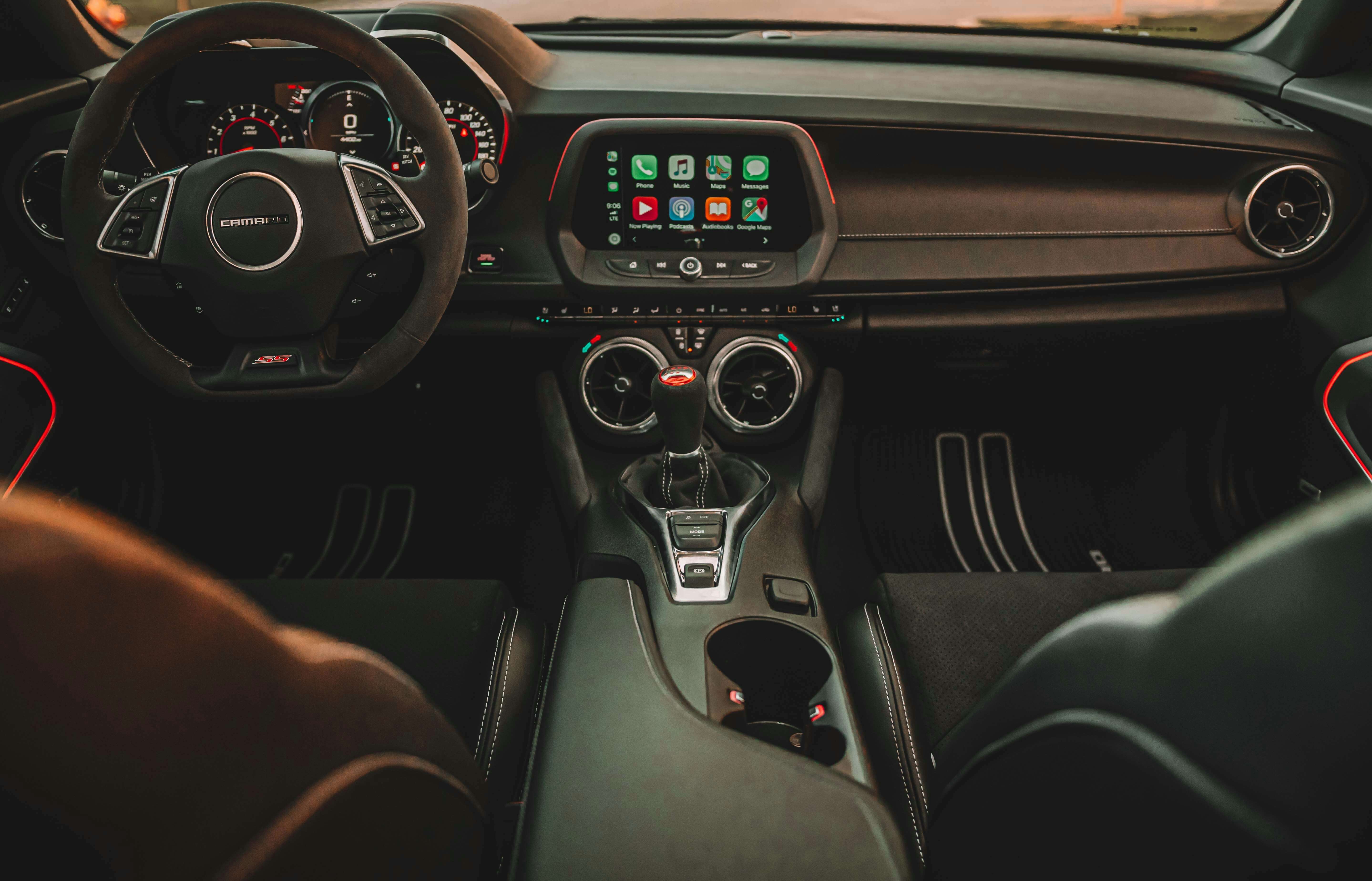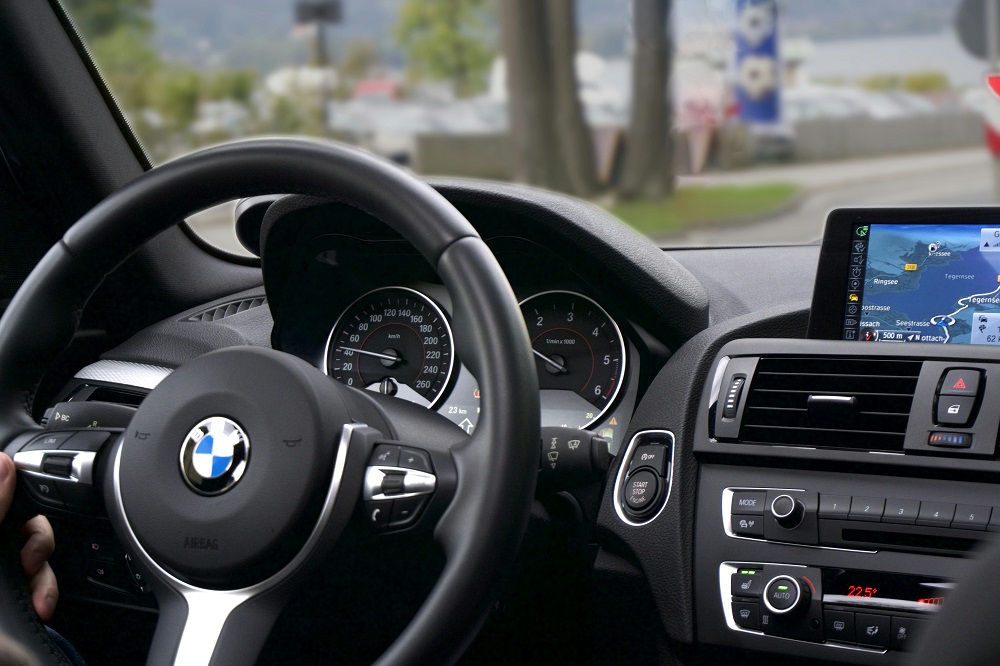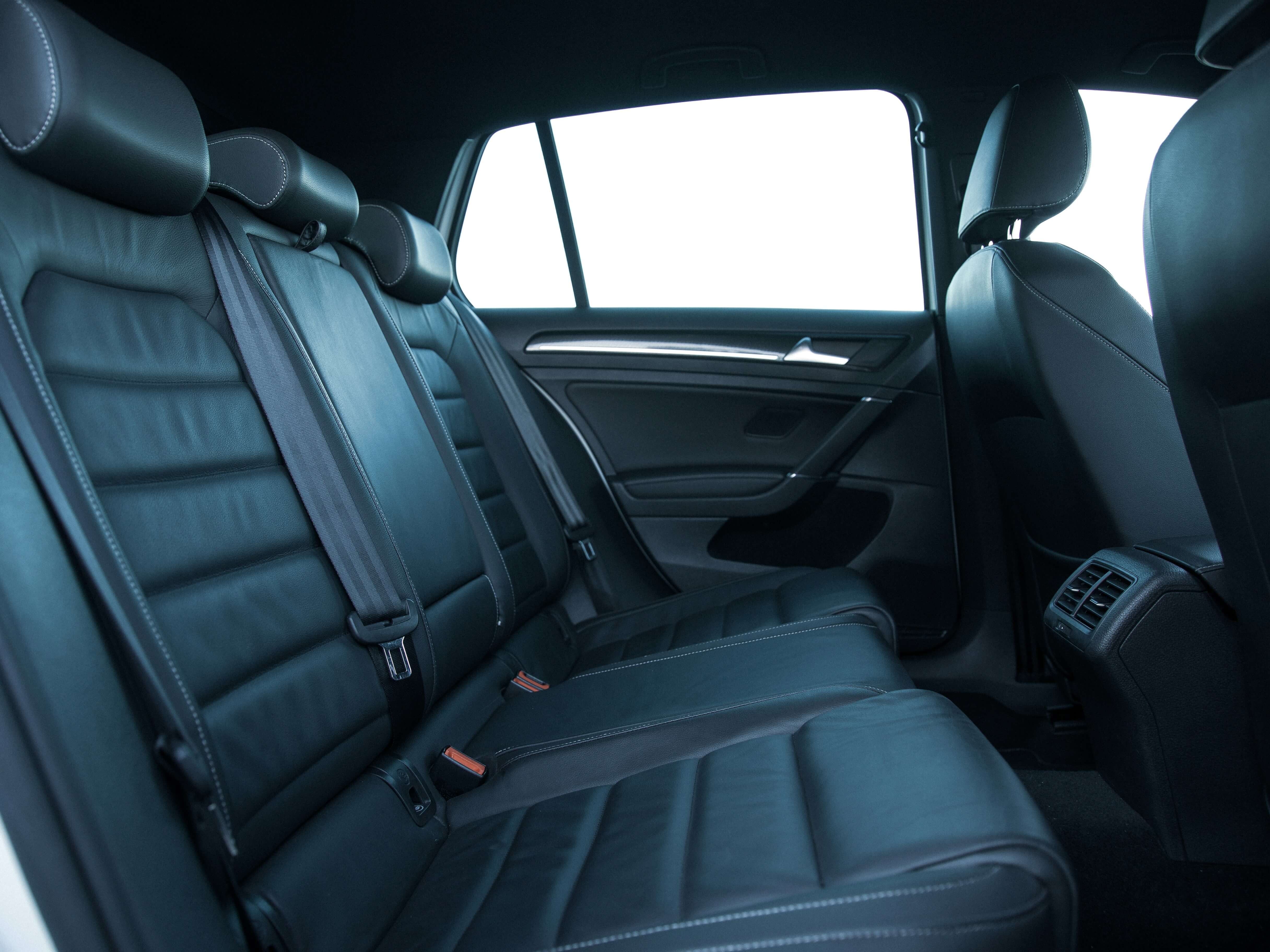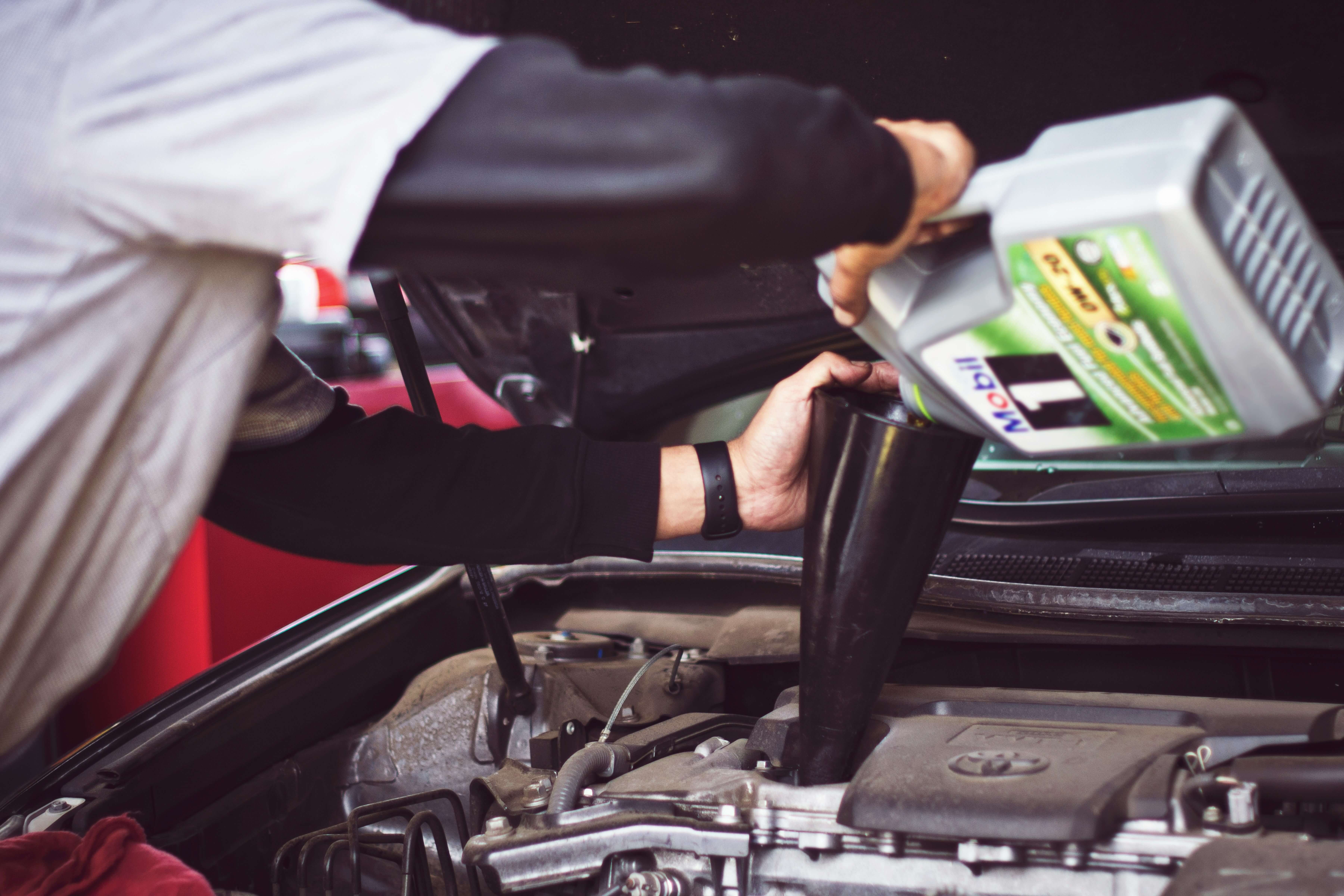How to properly clean and maintain your car floor mats

Summary
- 1. How to properly clean and maintain your car floor mats
- 2. Why your car floor mats matter more than you think
- 3. Types of car floor mats and how they differ
- 4. Step-by-step guide: How to clean rubber or vinyl car floor mats
- 5. Step-by-step guide: How to clean carpeted car floor mats
- 6. Deep cleaning tips for stubborn stains and odors
- 7. When to replace your car floor mats
- 8. Preventive care: How to keep your mats clean longer
- 9. Traveling with kids, pets, or sports gear?
- 10. Renting a vehicle? Here’s how floor mats matter
- 11. In summary
How to properly clean and maintain your car floor mats
Car floor mats may be a detail item, but they have a big impact on the cleanliness, comfort, and maintenance of your vehicle. Whether you’re navigating muddy rural roads, snow-covered mountain highways, or the wet streets of the city commute, car mats are your car’s front line against dirt, water, and wear.
Like the remainder of your vehicle, your mat requires care so it can function effectively—and remain clean. That’s what this how-to guide will take you through. It will explain all you’ll need concerning cleaning and caring for your car’s floor mat regardless of the material, the season, and the way you drive.
Whether you drive your own vehicle or rent a car from Europcar, where vehicle quality and cleanliness are a priority, understanding how to care for floor mats helps keep every ride fresh and pleasant.
Why your car floor mats matter more than you think
Most people only recognize the importance of floor mats when they’re severely stained or worn-out. However, they play a vital function in your driving space:
- Protect the interior carpeting of the car against stains, water, salt, and dirt
- Improve cleanliness by preventing the accumulation of bacteria, mould, and foul odors
- Increase resale or return worth by maintaining the inside in a good condition
- Offer traction in wet road conditions
Neglecting your mats can lead to irreversible staining on the underlying carpet and to unpleasant odors or even health problems—if moisture and bacteria get a chance to linger.
Types of car floor mats and how they differ
Before you get into cleaning methods, it’s a good idea to know what kind of mats you have. Each type requires a different kind of maintenance.
Rubber or all-weather mats
These rugged mats are designed to withstand snow, water, and mud. You’ll frequently spot them in SUVs, work vehicles, or rented cars operated in rural or off-road settings. They are long-lasting, easy to maintain, and suitable for wetter environments.
Carpeted mats
These are often crafted with nylon, polyester, or other artificial fibers and are more prevalent on sedans or more upscale cars. They provide comfort and a more sophisticated appearance but will need more maintenance for cleanliness and freshness.
Vinyl or thermoplastic mats
These are rubber mat alternatives but generally custom molded for a close fit. Easy to clean, they are frequently found in luxury or higher-end cars.
Many motorists use aftermarket floor liners that provide edge-to-edge coverage, particularly if you carry kids, pets, or sporting equipment on a regular basis.
Step-by-step guide: How to clean rubber or vinyl car floor mats
These mats are the easiest to clean and ideal for heavy-duty use. Here’s how to keep them spotless:
1.Remove the mats from the vehicle
Never clean them inside the car. Take them out to avoid dripping water or chemicals onto your vehicle’s interior.
2. Shake or beat out debris
Hold the mat vertically and hit it against a hard surface to dislodge dirt and pebbles stuck in the grooves.
3. Hose them down
Use a garden hose or high-pressure nozzle to spray off dirt. Avoid using hot water, which may warp the rubber.
4. Scrub with a brush and soap
Use a stiff-bristled brush with car mat cleaner or a mild degreasing soap. Focus on grooves and corners where dirt builds up.
5. Rinse thoroughly
Make sure all soap and loosened grime are removed.
6. Dry completely before reinstalling
Let the mats air dry standing vertically, ideally in sunlight. Do not place them back in the car wet, as trapped moisture can lead to mildew and foggy windows.

Step-by-step guide: How to clean carpeted car floor mats
Carpeted mats require more attention, especially if they’re stained or holding on to odors.
1.Vacuum thoroughly
Use a handheld or car vacuum to remove loose dust, hair, and debris.
2. Apply carpet cleaner or upholstery shampoo
Spray a foam or liquid cleaner generously across the surface. Let it sit for a few minutes so it can penetrate the fibers.
3. Scrub gently
Use a soft or medium brush to work the cleaner into the mat. Avoid too much pressure, which could damage the fibers.
4. Rinse or steam clean (optional)
If your mats are removable and safe for water, you can rinse them outdoors or use a portable carpet cleaner. Avoid soaking if unsure.
5. Dry completely
Carpet takes longer to dry than rubber. Let mats air dry for at least 24 hours, ideally outside and out of direct rain or damp conditions.
6. Use odor eliminators if needed
If the mats retain smells, sprinkle baking soda on them, leave overnight, and vacuum the next day.
Good to know - Use seasonal mat rotation
One great way to make your car’s floor mats last longer is by changing them according to the seasons. During winter and rainy times, use rubber or vinyl mats to shield against mud and salt. Come dry times, use carpeted mats for comfort and appearance. This seasonal practice saves both mat materials and ensures your car still looks and smells nice throughout the year.
Deep cleaning tips for stubborn stains and odors
Even with regular maintenance, mats can develop stubborn spots. Here’s how to tackle the toughest cases:
- Grease or oil stains: Use a degreasing cleaner or diluted dish soap. Avoid solvents like acetone that could damage rubber or carpet fibers.
- Salt residue: In winter, salt from roads can leave white crusty stains. Use a mixture of vinegar and water to dissolve salt on rubber or carpet mats.
- Mold or mildew: Sprinkle baking soda and let it sit overnight before vacuuming. For deep mold, use a carpet cleaner with antifungal properties.
Pet hair: Use a rubber glove or squeegee to lift hair off before vacuuming.
Good to know - Avoid harsh chemicals on rubber mats
Though it may be the urge to use powerful cleaning substances to eliminate stubborn marks or odors, using harsh chemicals on rubber matting can shorten the lifetime. Harsh chemicals will remove the coatings and leave the rubber brittle with use over time. Use pH-neutral cleaners or car mat-safe cleaners instead. If you want to clean using household products, a gentle blend of hot water and dish detergent will get the job done effectively with no harmful effects.
When to replace your car floor mats
Even the best-maintained mats eventually wear out. Consider replacing them if:
- They are permanently stained or discolored
- The rubber is cracked or hardened
- The carpet is fraying or flattened
- They no longer fit properly after warping
- Odors persist even after deep cleaning
Replacing your mats improves both the comfort and resale value of your vehicle. You can find custom-fitted options or generic models depending on your needs and budget.
Preventive care: How to keep your mats clean longer
Prevention is just as important as cleaning. Adopt these habits to reduce the frequency of deep cleans:
- Knock dirt off your shoes before getting in the car
- Use a boot tray or shoe bags during road trips
- Vacuum regularly to stop debris from embedding
- Lay down protective plastic film in messy seasons
- Avoid eating in the car to reduce spills and crumbs
These small efforts can extend the life of your mats and make each drive more pleasant—especially on long trips or when traveling with passengers.
Good to know - Rotate your mats to extend their lifespan
One that a lot of people forget is changing your car’s floor mats every so often. Front mats will generally take the brunt of wear caused by heels, dirt, and the elements, with mats in the back remaining relatively unscathed. Periodic replacement can distribute wear more evenly and make all mats wear equally fast. With symmetrical mats, this practice can extend the use considerably and make the car’s interior smell consistently fresh for a much longer period.
Traveling with kids, pets, or sports gear?
If your car regularly hosts messy passengers or equipment, your floor mats take extra punishment. Consider investing in:
- Waterproof cargo liners for the trunk or backseat
- Pet seat covers with non-slip backing
- Detachable shoe trays for muddy footwear
- Portable vacuums for quick cleanups on the go
You can also opt for vehicles suitable for rugged terrain and active lifestyles with Europcar’s SUV rentals—with easy-to-clean designs, roomy trunks, and adaptable layouts.
Renting a vehicle? Here’s how floor mats matter
When you rent a car with Europcar—a compact car, a minivan for the whole family, or a utilitarian vehicle—you can anticipate top cleanliness and care, including clean and well-maintained mats. Yet, being respectful with the use of the mats when you rent ensures the avoidance of cleaning charges and supports environmentally-conscious travel.
For long road journeys, office use, or navigating harsh terrain, use models with rugged, weather-resistant mats.
In summary
Car floor mats are low-maintenance but a very important part of keeping your vehicle clean, retaining the worth, and promoting the comfort of your car. With the right maintenance—vacuuming, cleaning, drying, and changing with the seasons—you can make them last and have a cleaner, safer ride.
Whether you drive your car yourself or rent one through Europcar, making the effort to look after little extras such as your floor mats makes every drive more enjoyable.


